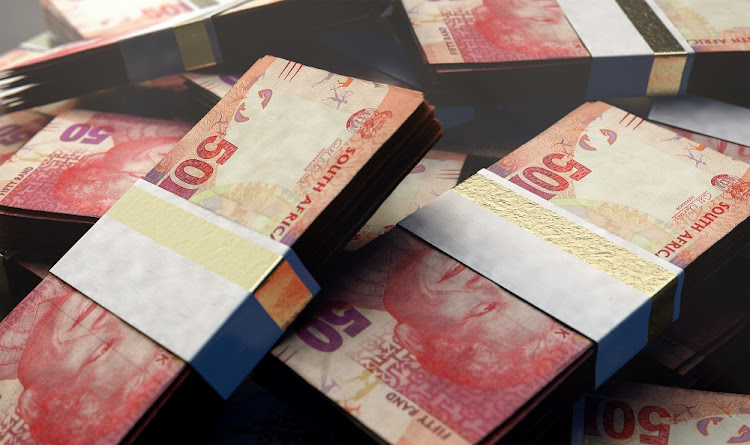When will the rand bounce back?

We’ve seen four cycles since 2000. Here’s what needs to happen before the rand appreciates again
When the rand is weak or weakening, individuals who are looking to travel abroad, corporates that are looking to import and financial institutions looking to repatriate funds to the country always ask if and when the rand is going to bounce back. This question has become one of the most frequently asked in recent weeks as the rand weakens.
Those who ask this question are generally looking for a point forecast for the rand relative to the dollar. But it is nigh on impossible to forecast macroeconomic variables that are influenced by a multitude of factors. As Nobel physics laureate Niels Bohr once said: “Prediction is very difficult, especially if it’s about the future.” That said, there is a framework or signposts to guide our thinking.
First, it is important to note that the rand generally depreciates against the dollar over the long term, which reflects weaker macroeconomic fundamentals such as productivity or inflation. To digress, high inflation makes SA less competitive, which is partly why the SA Reserve Bank wants a lower inflation target, to improve SA’s international competitiveness.
Second, though the rand depreciates over the long term it does appreciate aggressively over short- to medium-term cycles within the long-term depreciating cycle. Let’s illustrate this with some numbers. When the dot.com bubble burst the rand weakened to R13 to the dollar by December 2001, from just over R6 in 2000, and then appreciated to R5.60 by December 2004.
From R6.80 to the dollar in January 2008, the local unit weakened to R11 by October that same year, and then appreciated to R7 by April 2011. From then onwards the rand depreciated gradually over a long period, eventually reaching R17 to the dollar in January 2016, before appreciating to R12 by February 2018. When the Covid-19 pandemic hit the rand weakened to R19 to the dollar in April 2020 before appreciating to R13 by June 2021. Since then the decline has accelerated, hitting R18.5 to the dollar in October.
We have, therefore, seen four cycles since 2000. The first two went from peak weakness to peak weakness over eight years, the third and fourth (and still not done) cycles took four years and two years, respectively. This demonstrates that the cycles are never the same as they are influenced by different factors, some domestic but mostly global, such as the dot.com bubble, the global financial crisis and the Covid-19 pandemic.
Dollar dominance
Most of the rand movements are determined by the direction of the dollar. When the dollar is appreciating like it is now, most emerging market currencies, like the rand, will depreciate as global dollars go back to their maker, the US. This is what many commonly call the “flight to quality” or “safe haven” assets.
Back to the two questions; whether and when the rand will appreciate. The first one is easy given the benefit of learning from history. The rand will appreciate at some point. The second question is more difficult, and the answer is simply that no-one knows. Not even fortune tellers, witch doctors or prophets can tell us when the rand will appreciate. You can infer from this the credibility of exchange rate predictions in general.
What we can do is provide sign posts of what needs to happen before we will see the rand appreciate. The US economy must be in a steady state for the dollar to weaken and emerging market currencies to appreciate. If it is booming and driving inflation up or in recession, the dollar usually appreciates. At the moment the most important drivers are global central banks, particularly the US Federal Reserve.
They must be confident that US inflation is on its way back towards the target, and stop hiking interest rates. Only then will the rand appreciate. As to how far it will go, no-one knows that either. After all, Silicon Valley technology forecaster Paul Saffo told us that “the goal of forecasting is not to predict the future, but to tell you what you need to know to take meaningful action in the present”.
